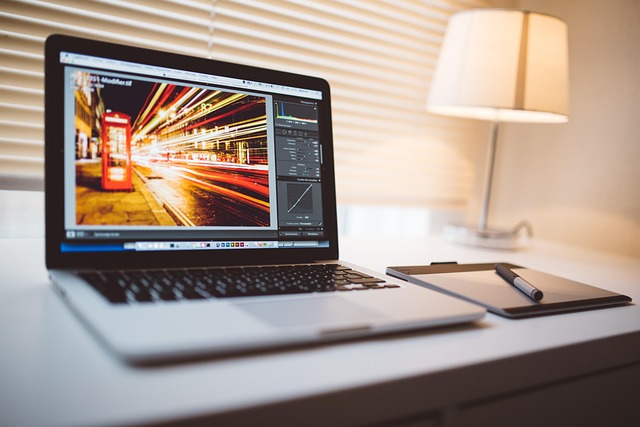As a visual designer, your toolkit doesn’t just include software and creativity; it also encompasses an understanding of the technology behind the displays you work with. Whether you’re designing stunning visuals destined for televisions, monitors, or even digital signage, mastering display technology is crucial to ensuring your designs shine the way you envisioned.
When creating for TV, it’s essential to recognize that modern televisions aren’t just passive screens; they are showcases for your artistry. Understanding the differences between OLED, QLED, and LED technologies can greatly influence your design choices. For instance, OLED displays offer deeper blacks and more vibrant colors, which can bring certain aspects of your design to life, while QLED may provide brighter images in illuminated environments. As a visual designer, tailoring your graphics to leverage these distinctions can enhance user experience dramatically.
In a world driven by technological advancements, staying abreast of the newest technics in display technology will elevate your work. Familiarize yourself with pixel density, resolution standards (like 4K and 8K), and refresh rates. Understanding these components can significantly alter how your designs are perceived across different devices. A design that looks impeccable on a high-resolution monitor may not translate well to older screens, making your adaptability as a visual designer vital.
Visualization plays a significant role in how designs are interpreted. Different displays portray colors and contrast levels differently, and it’s essential to ensure consistency in your visual messaging. Utilizing color calibration tools can help keep your palette true across various devices. Remember, what you see on your monitor should be what the final audience experiences, no matter the medium.
When considering monitors, the choice can feel overwhelming. Investing in high-quality monitors specifically designed for visual design can be a game-changer. Look for displays with extended color gamuts and high dynamic range (HDR). These features not only offer a broader range of colors but also ensure more details in both the highlights and shadows, enriching your creative output.
Finally, embrace the increasing importance of display technology in creating immersive experiences. Technologies like augmented and virtual reality are revolutionizing how designs are experienced. As a visual designer, keeping an eye on these trends allows you to push boundaries and deliver innovative work that captivates audiences.
In summary, your role as a visual designer goes beyond merely aesthetic pursuits; it requires a foundational understanding of the technology that delivers your work to the world. By mastering the nuances of display technology, you not only enhance your capabilities but also ensure that your designs leave a lasting impression.




